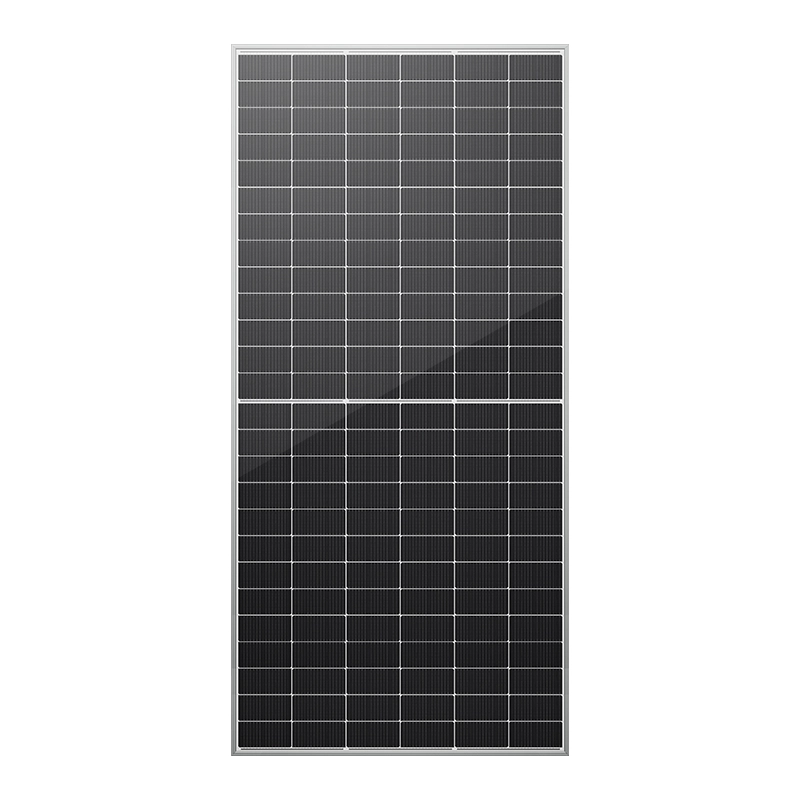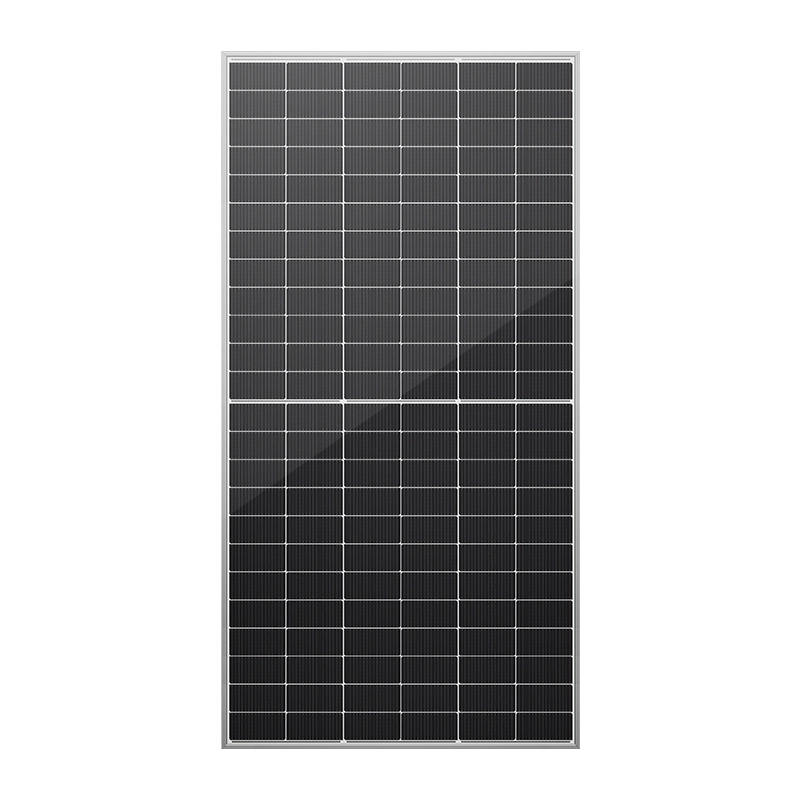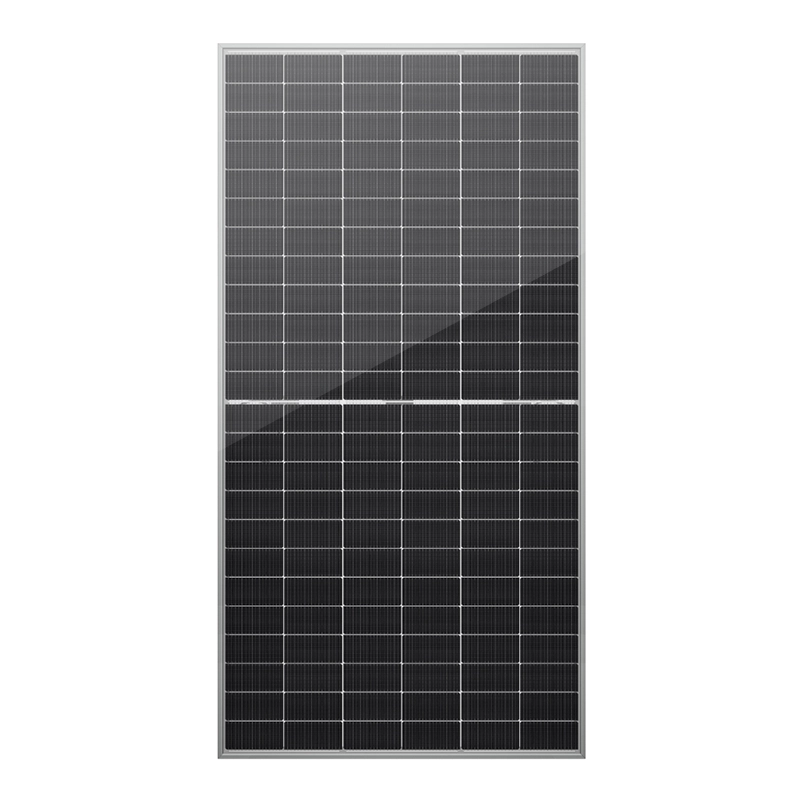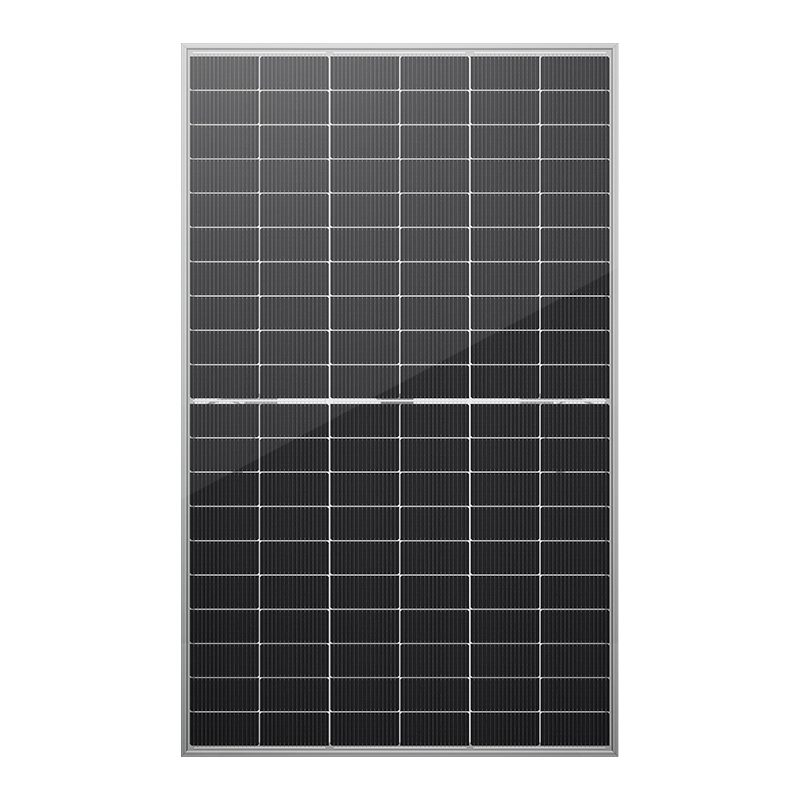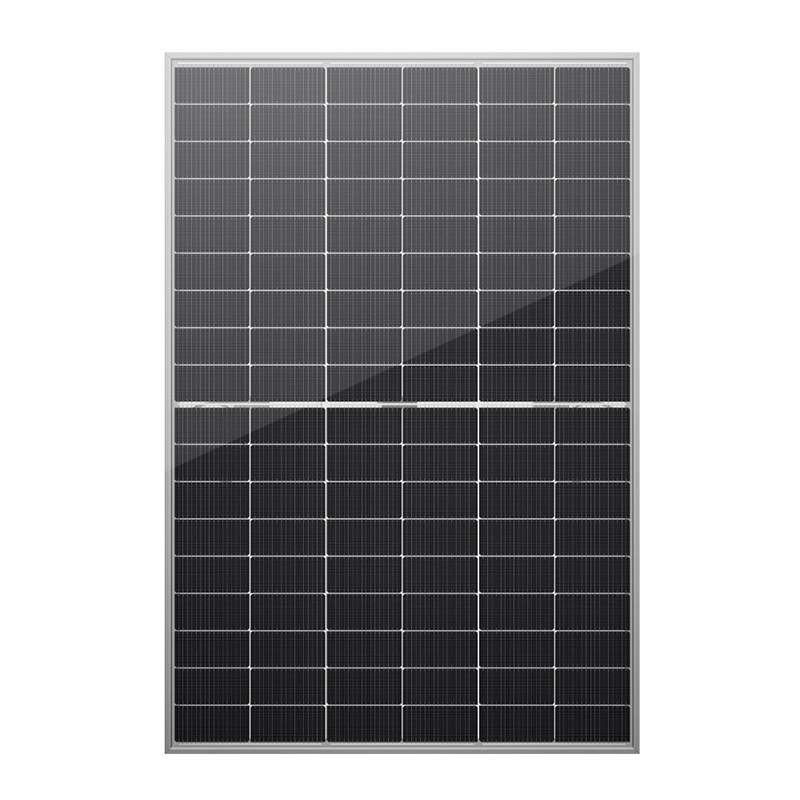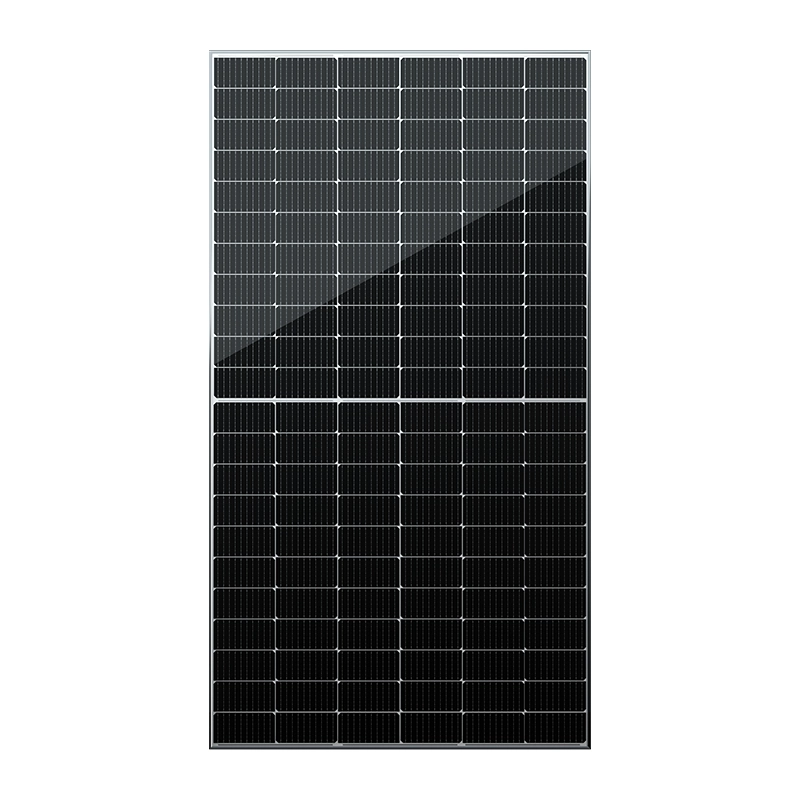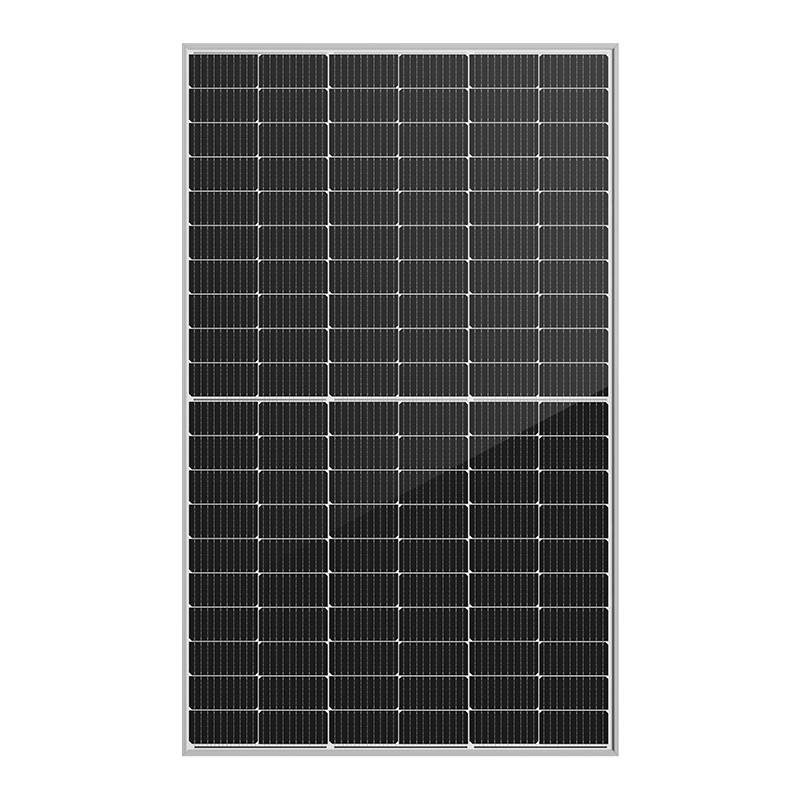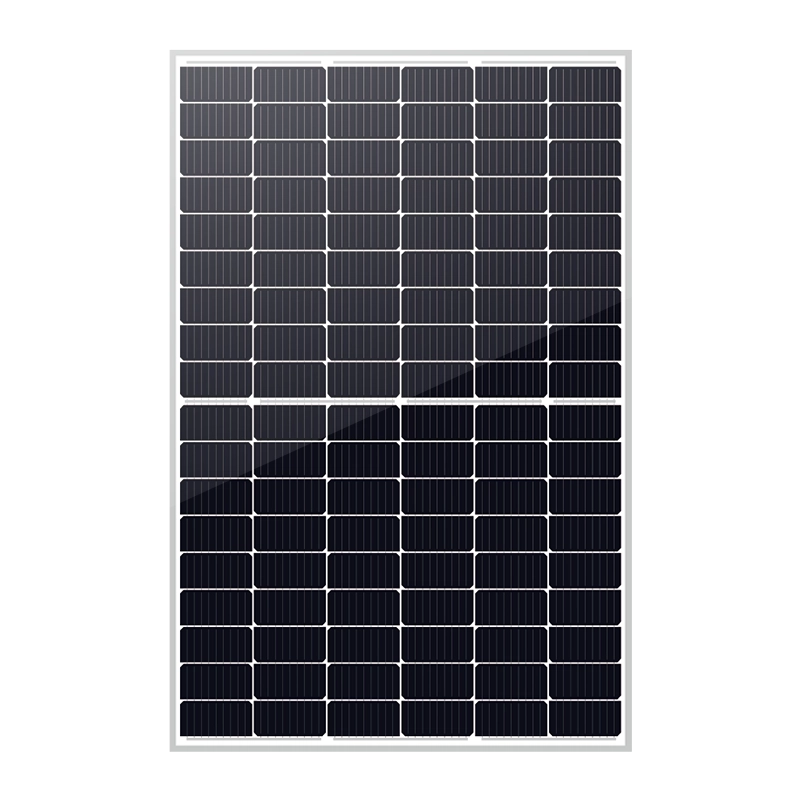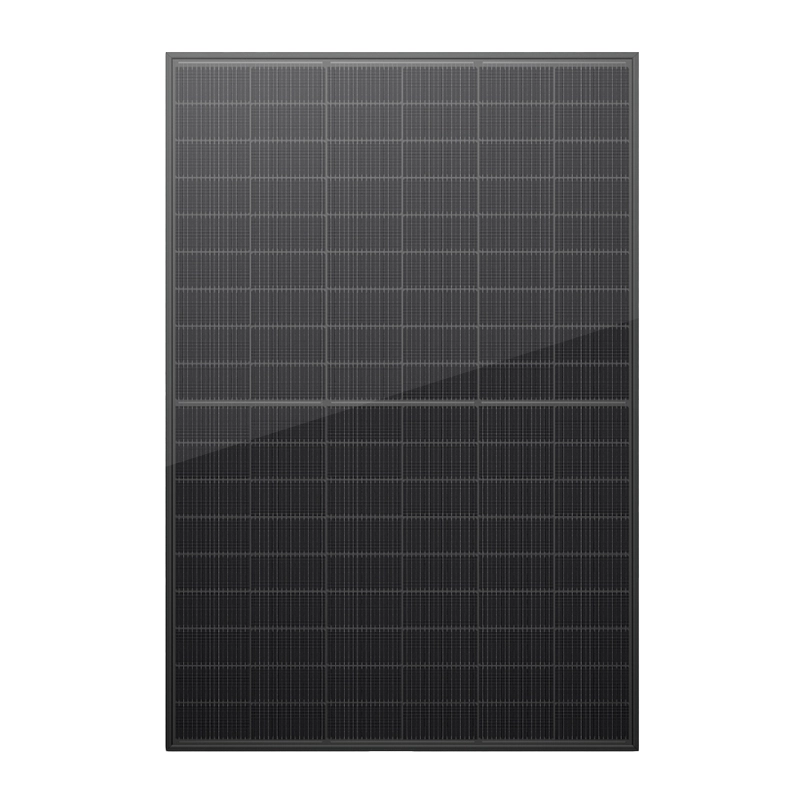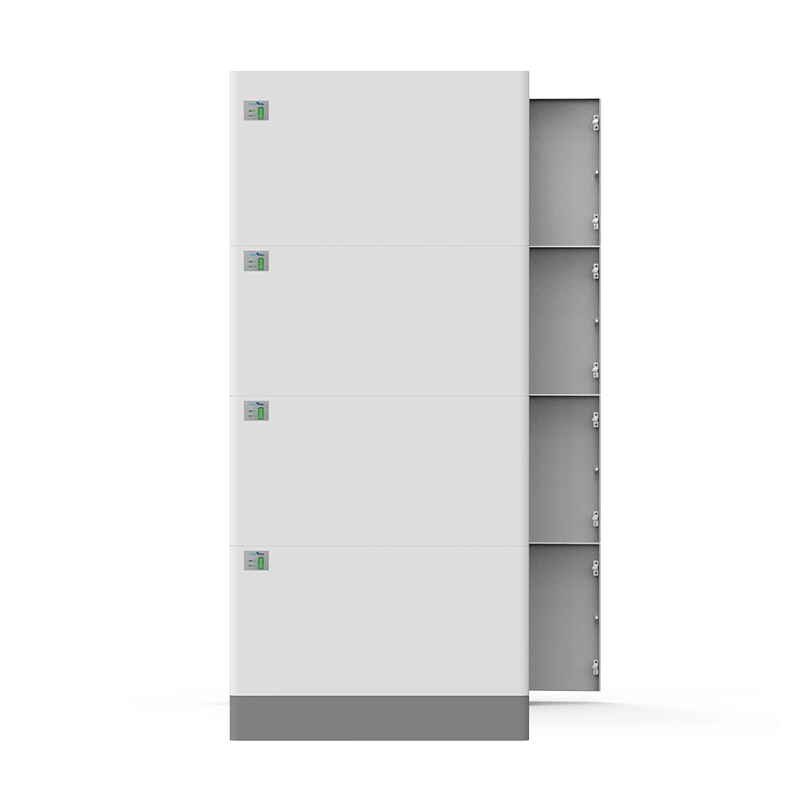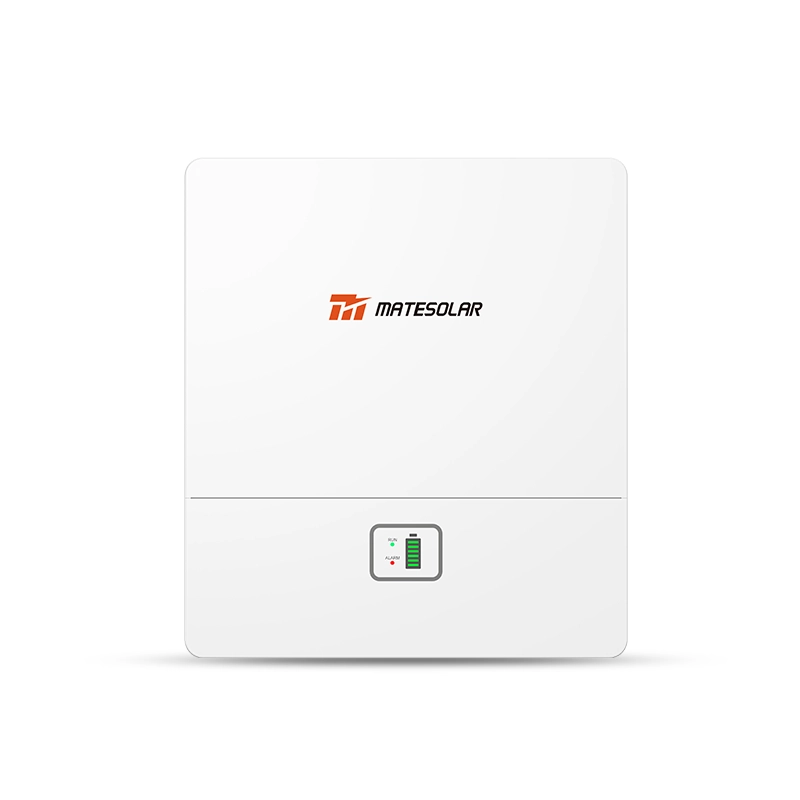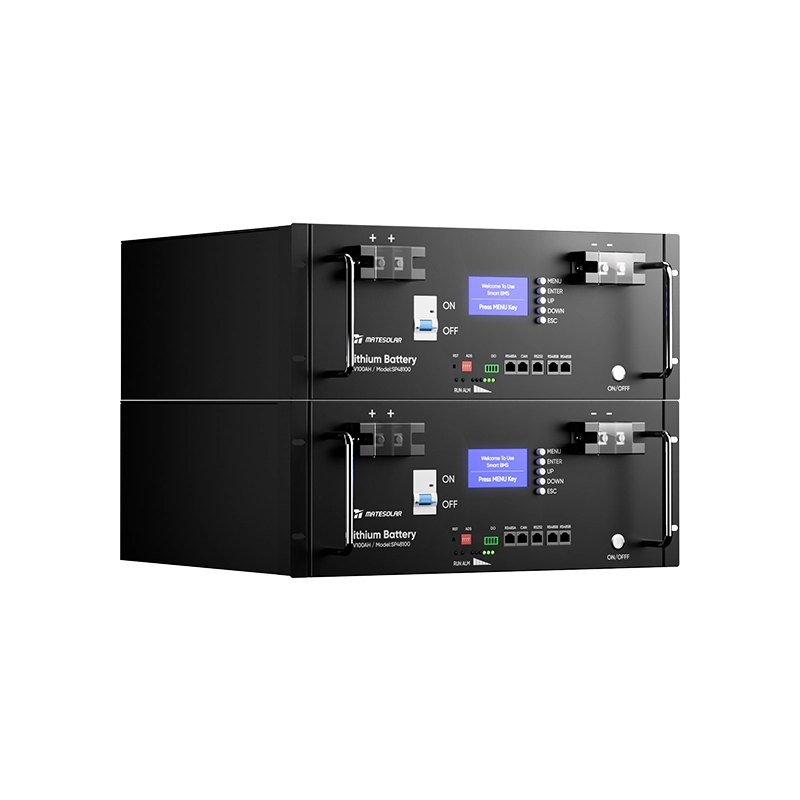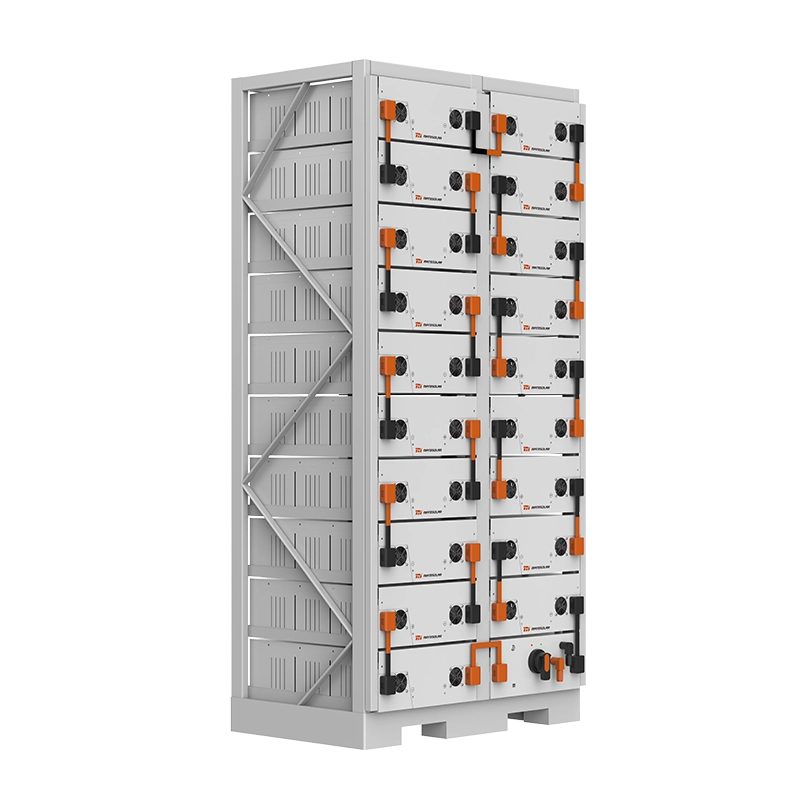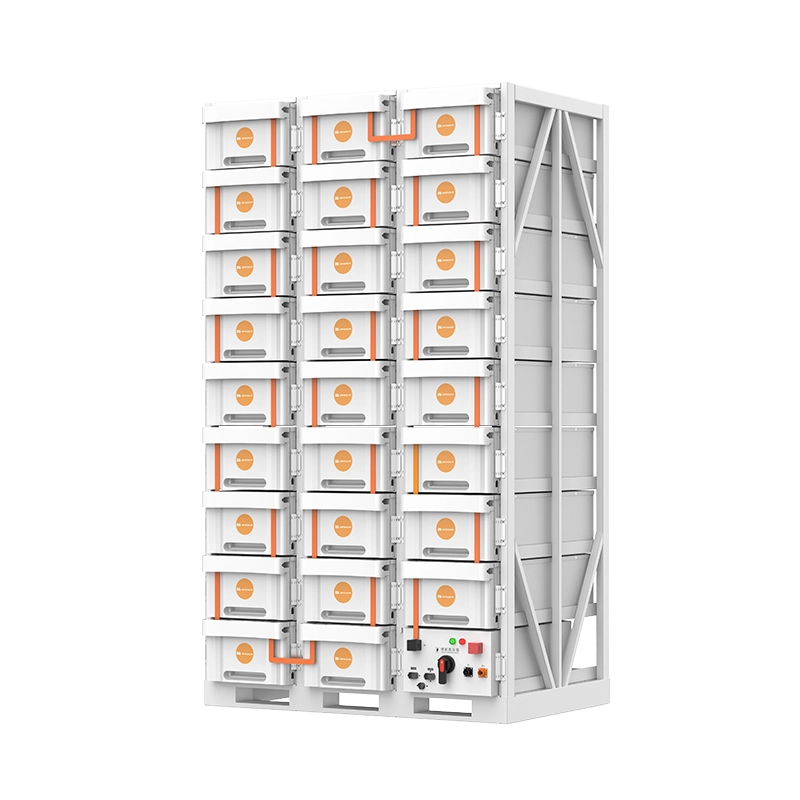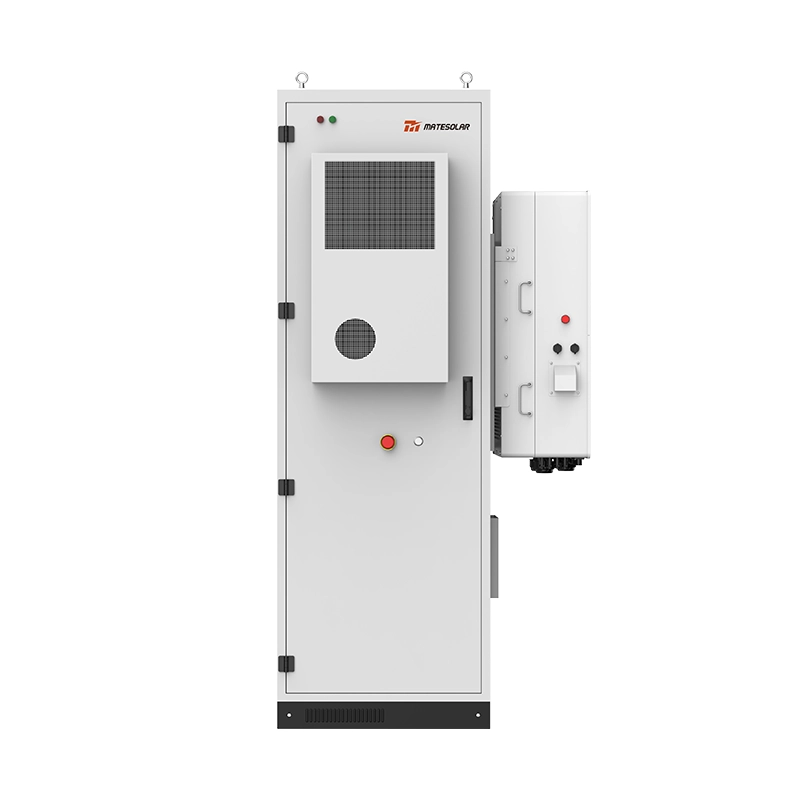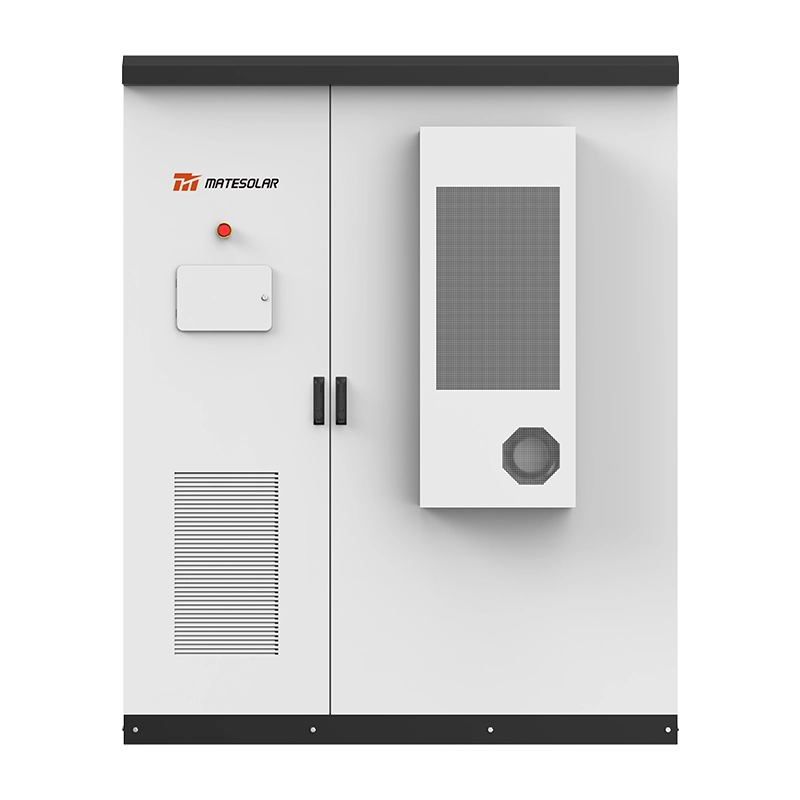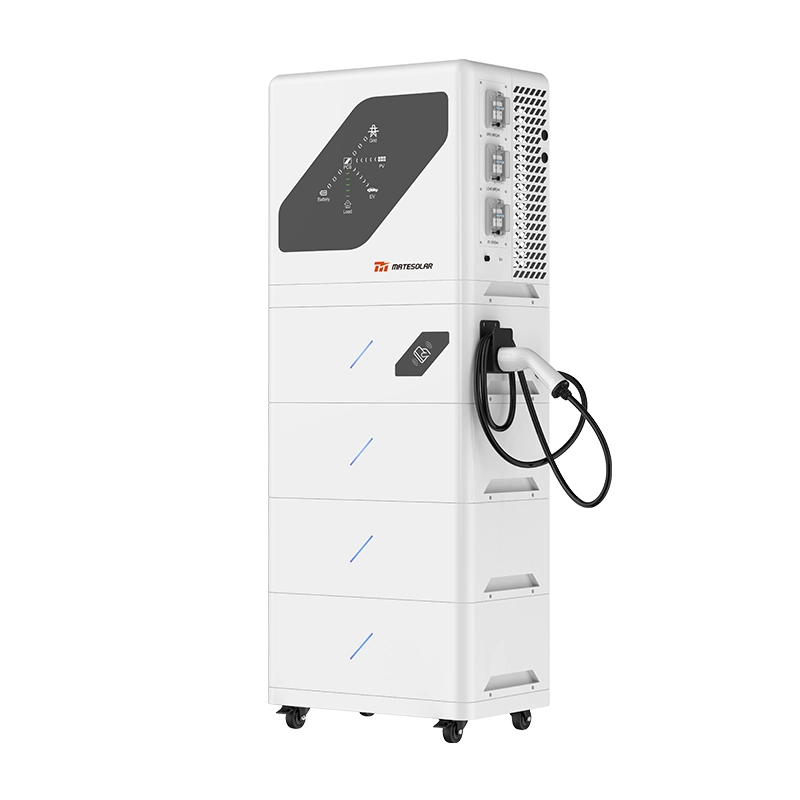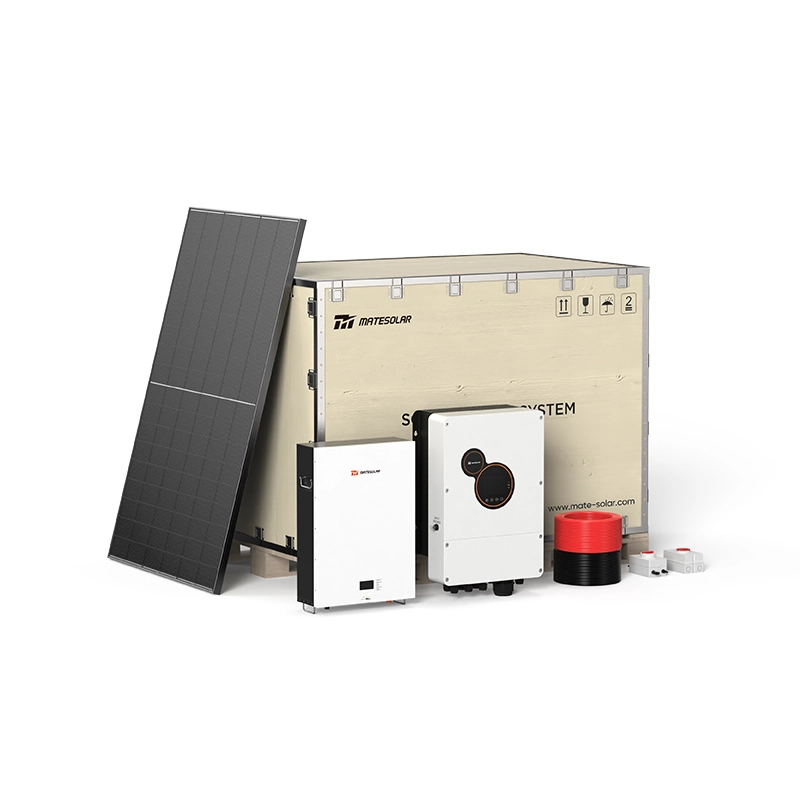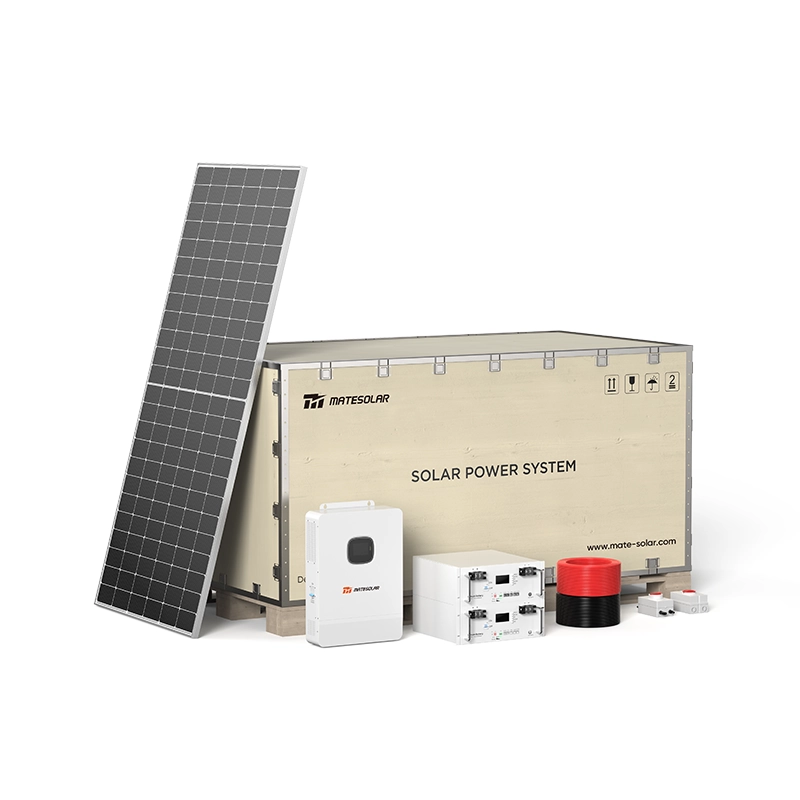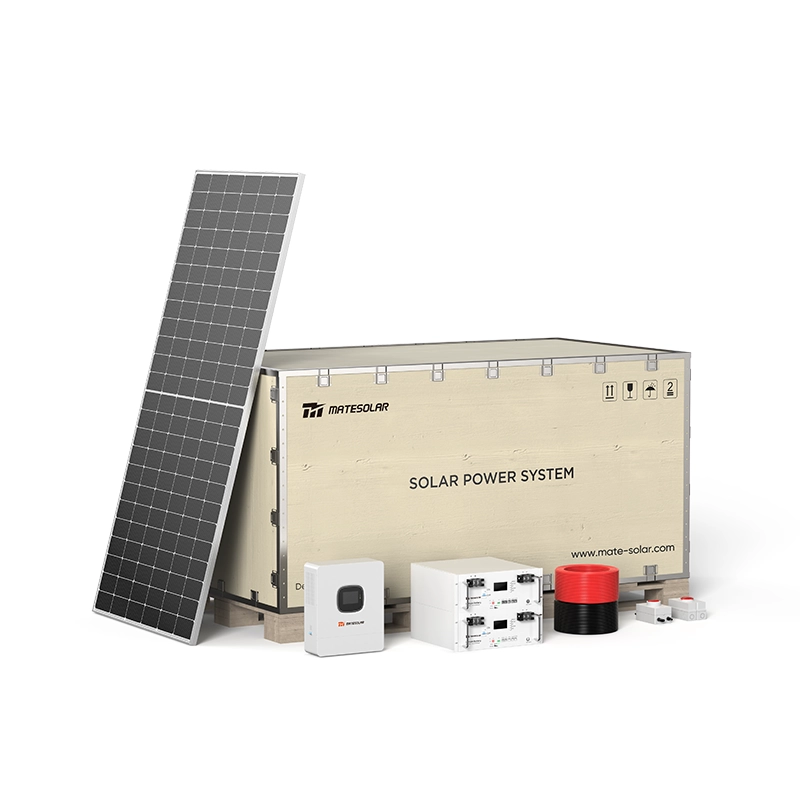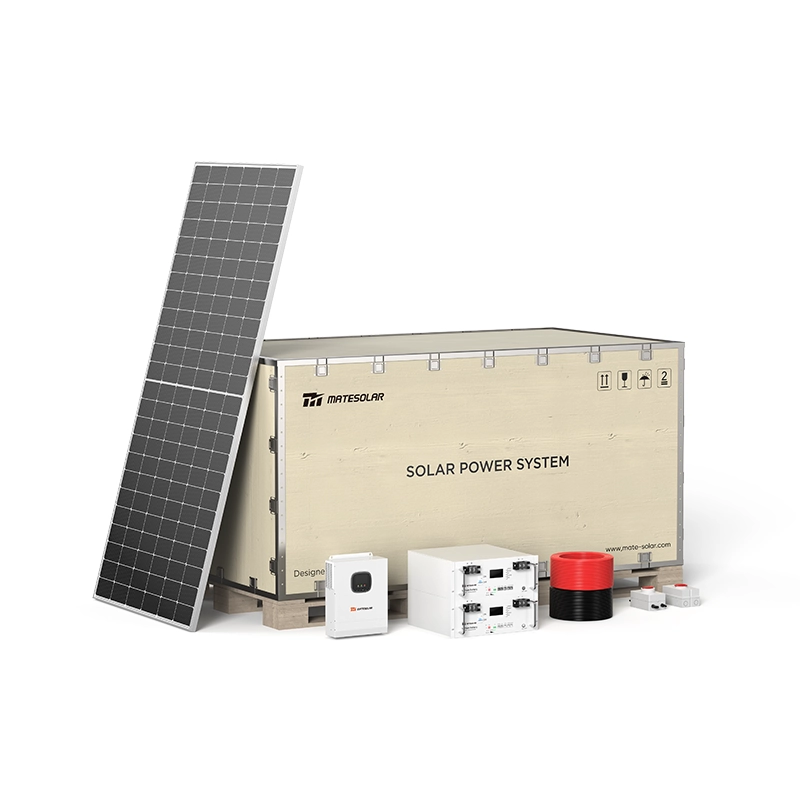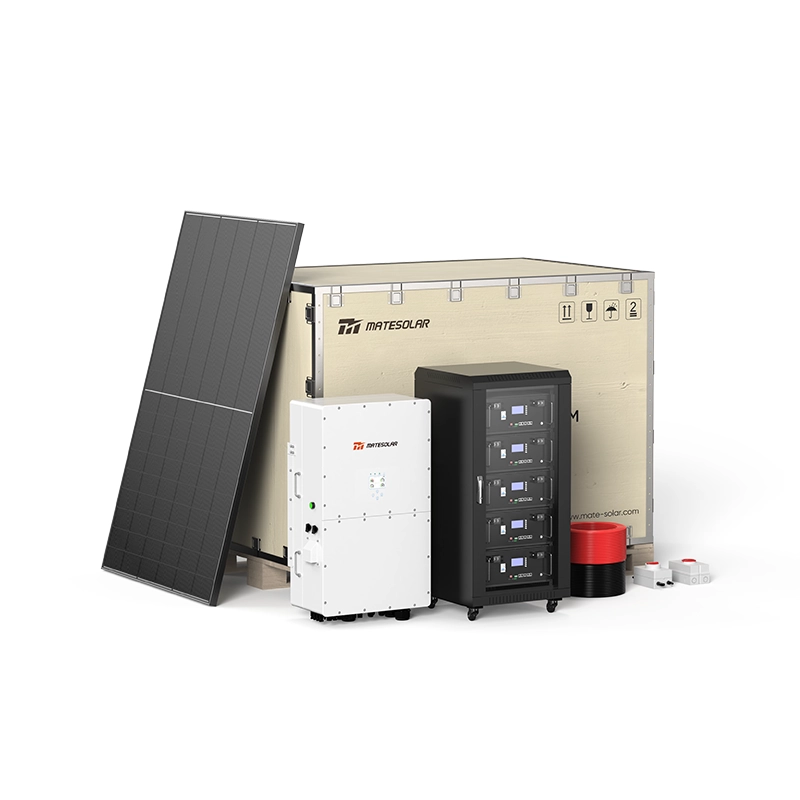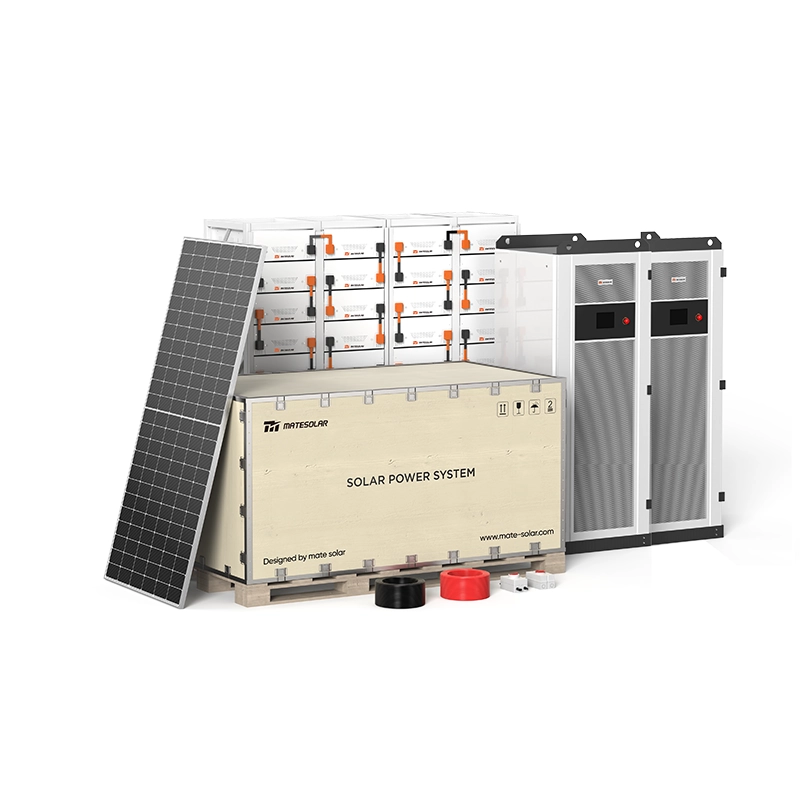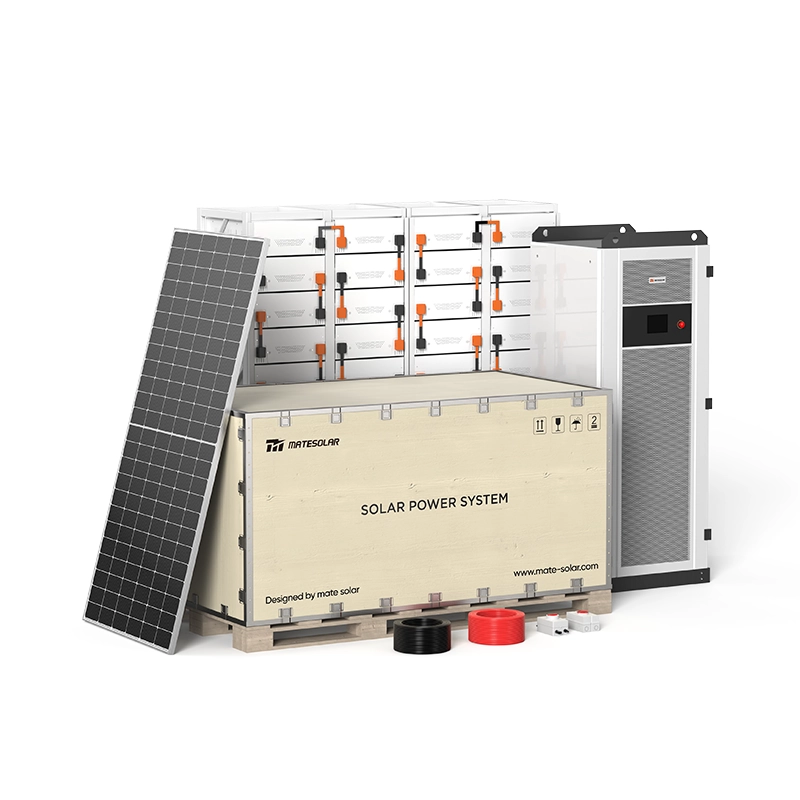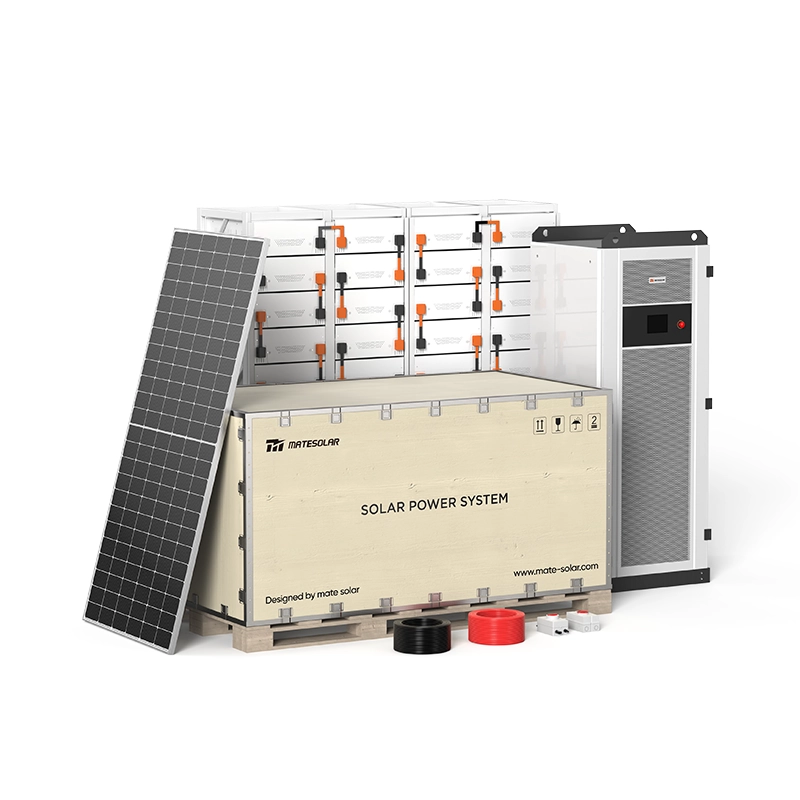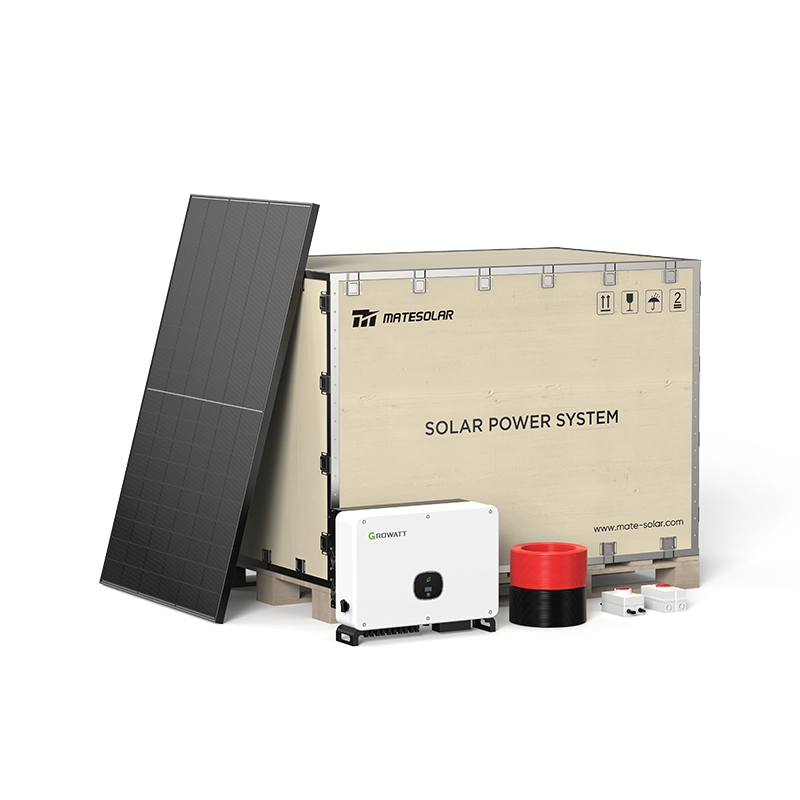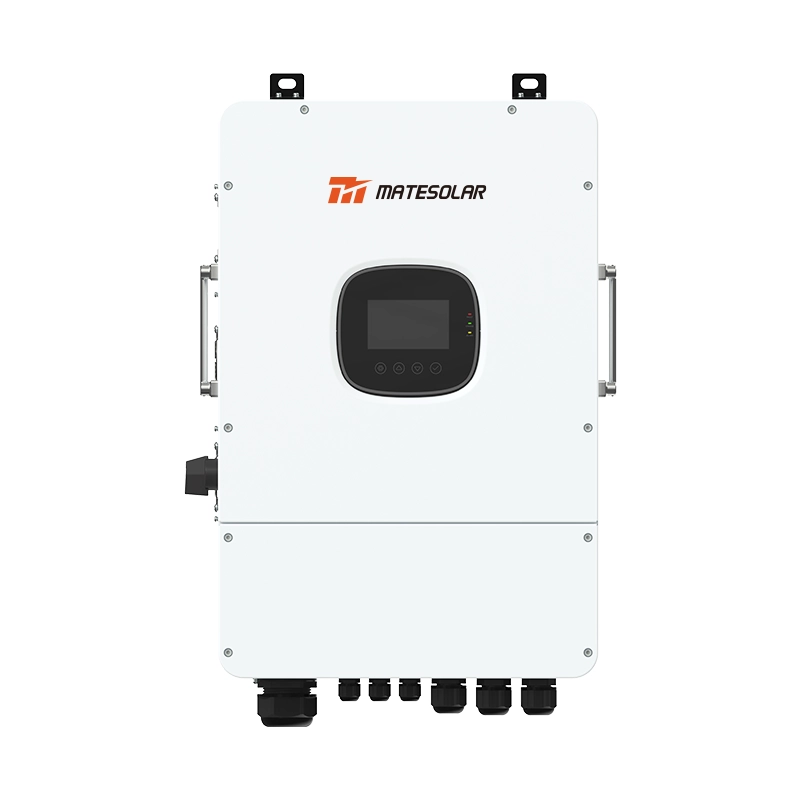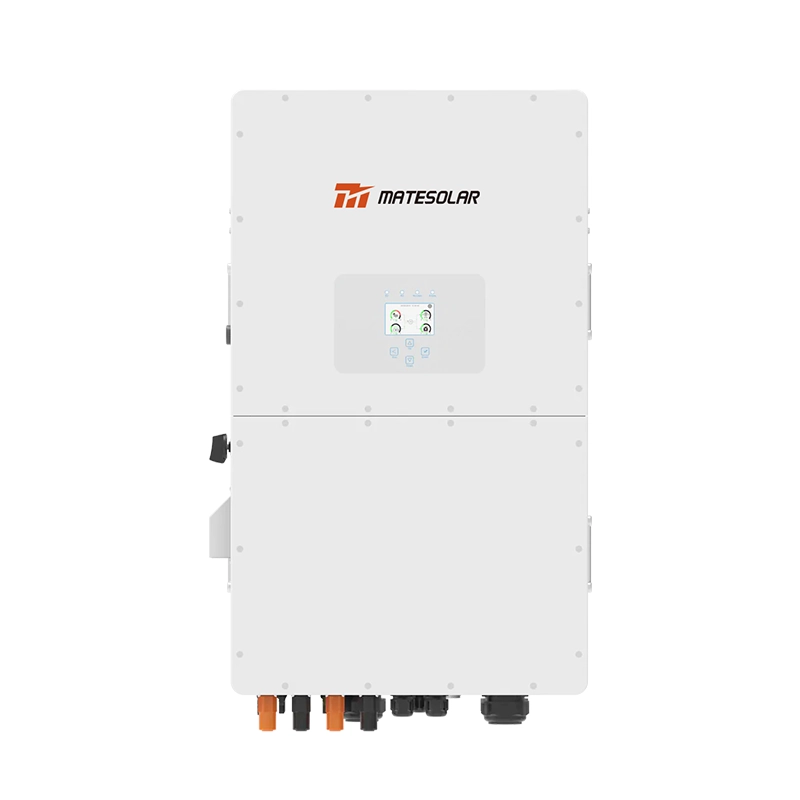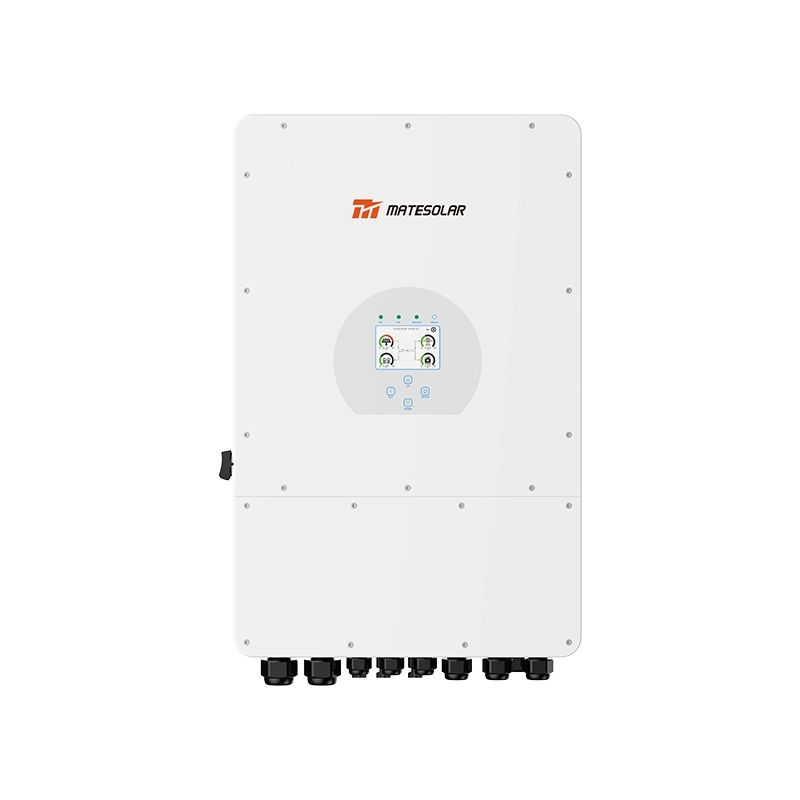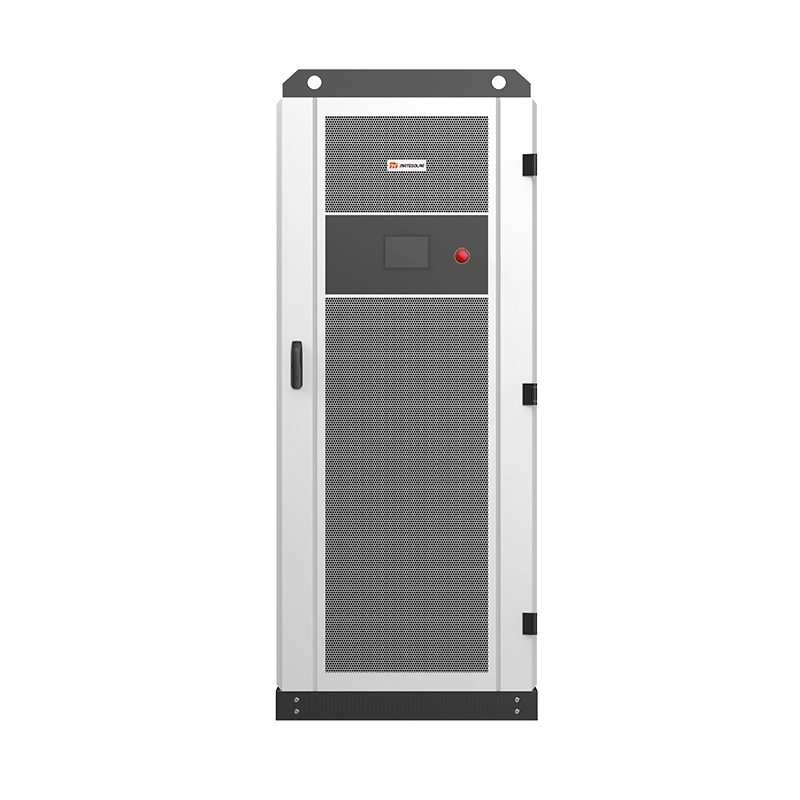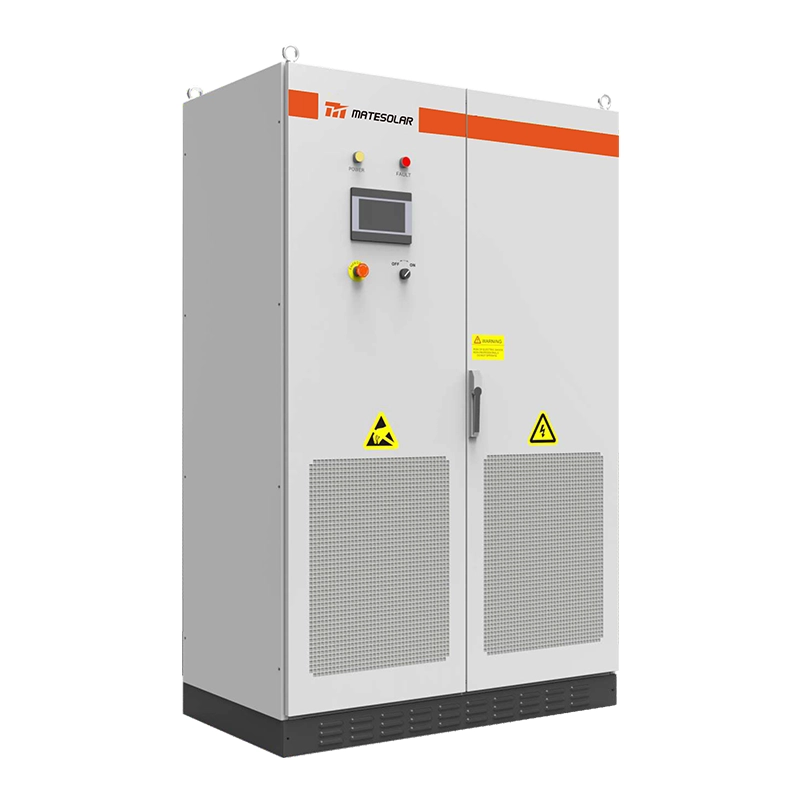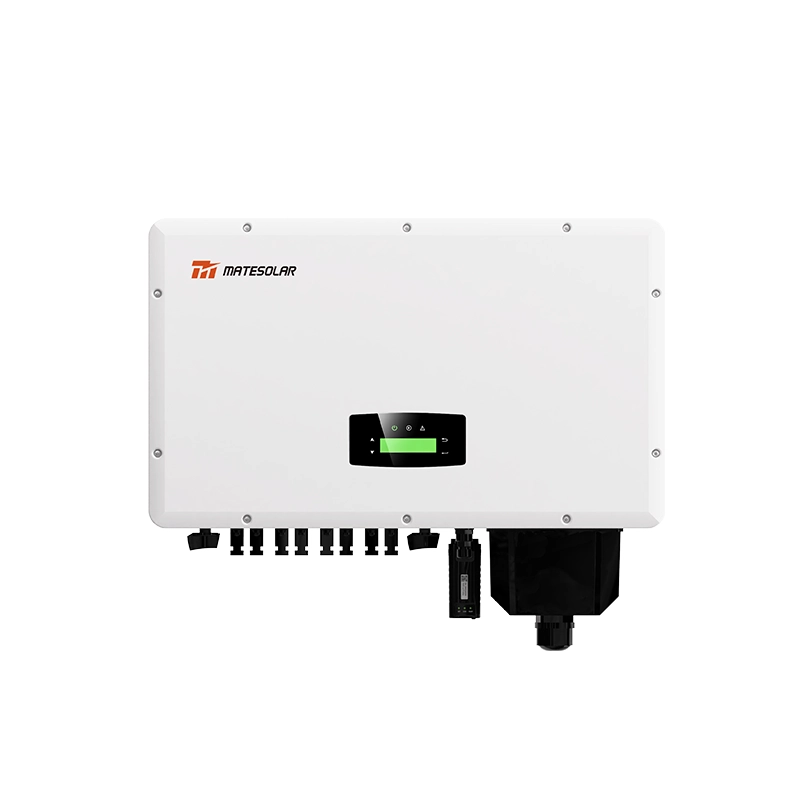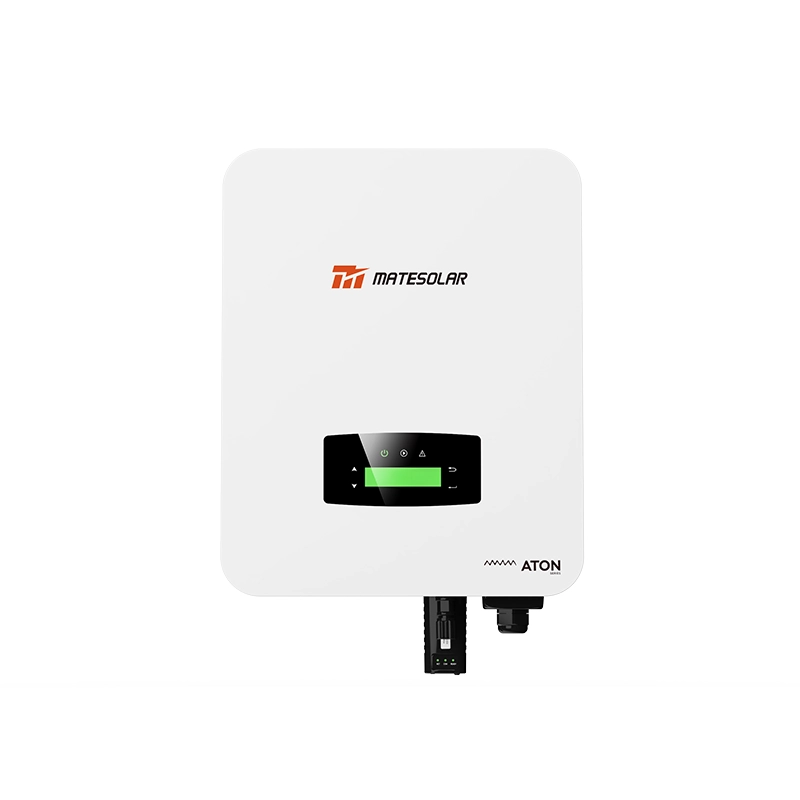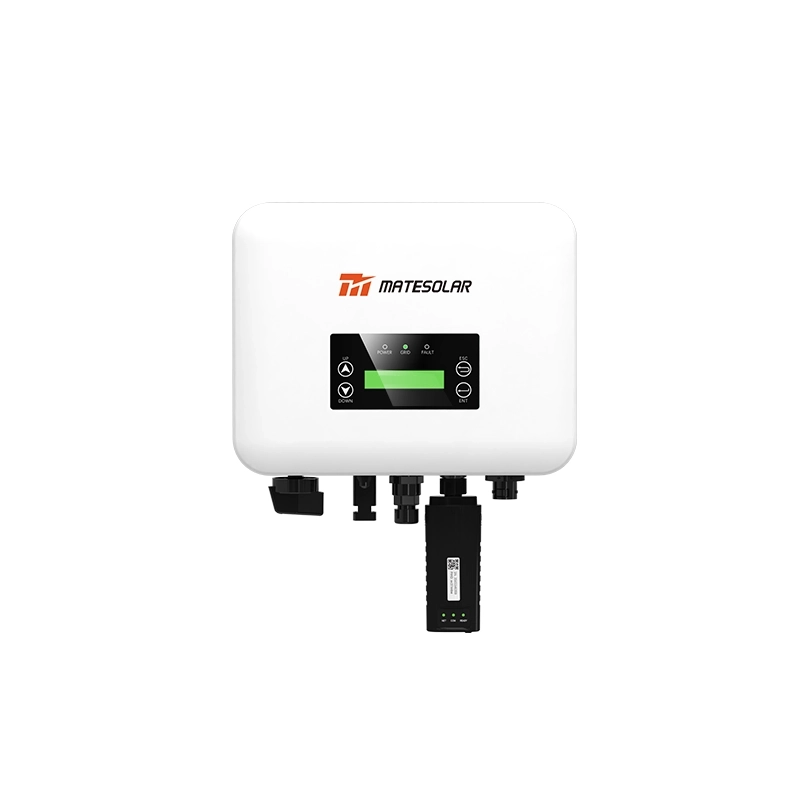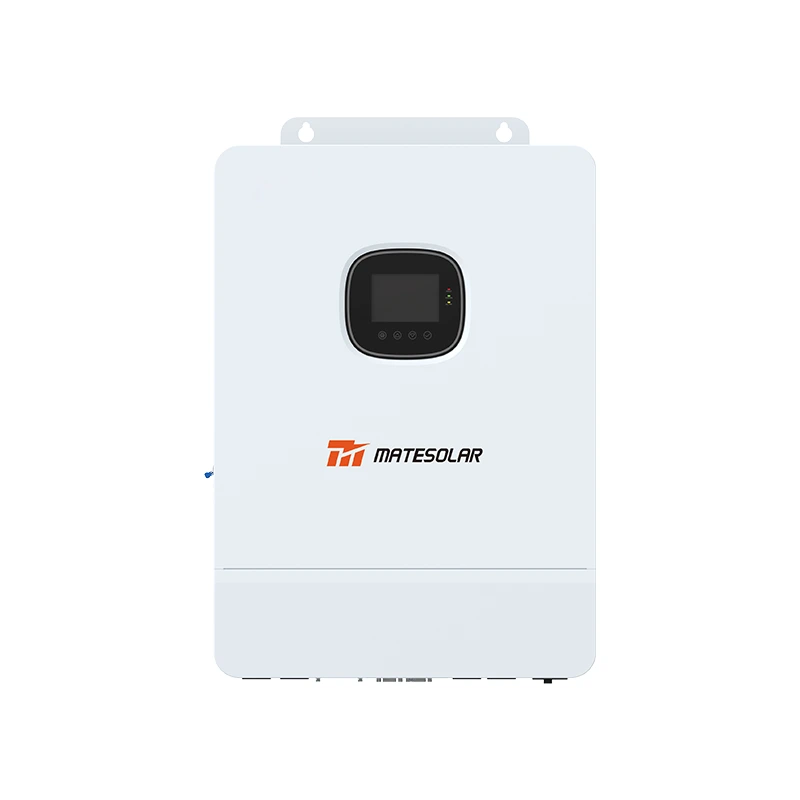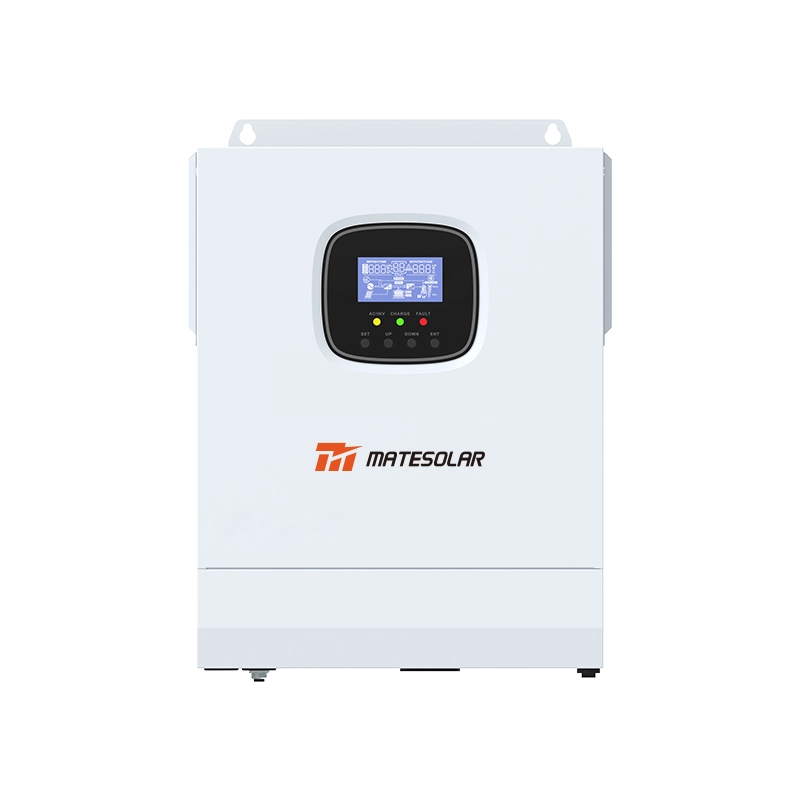
For decades, lead-acid batteries dominated off-grid and hybrid solar installations, prized for their low upfront cost and reliability. Yet as residential and commercial energy demands soar—and solar transitions from supplemental to primary power—a fundamental mismatch emerged. Lead-acid’s limitations in cycle life, depth of discharge, and efficiency silently eroded ROI. Enter lithium-ion technology. What began as a premium niche solution is now spearheading a storage revolution, fundamentally altering how solar energy is harnessed, stored, and utilized.
The Technical Divide: Lithium’s Core Advantages
1. Cycle Life & Longevity
Lead-acid batteries typically deliver 1,000–1,200 cycles at 50% Depth of Discharge (DoD). Push deeper daily discharges, and lifespan plummets. In contrast, lithium batteries (notably LiFePO₄) achieve 6,000+ cycles at 80% DoD—extending service life to 15–20 years versus 3–7 years for lead-acid. This translates to 3–5x fewer replacements over a system’s lifetime.
2. Usable Capacity & Efficiency
Due to lead-acid’s strict 50% DoD limit, only half its nominal capacity is practically available. Lithium permits 80–90% DoD, effectively doubling usable energy from the same kWh rating. Combined with 95% round-trip efficiency (vs. 80–85% for lead-acid), lithium captures more solar energy with less loss—reducing panel requirements by up to 20%.
3. Operational Flexibility
<1> Charging Speed: Lithium accepts charge currents up to C/2 (half its Ah rating), enabling full recharge in 1–4 hours. Lead-acid struggles beyond C/5, needing 6–8 hours.
<2> Temperature Resilience: Lithium operates at -4°F to 140°F (-20°C to 60°C) with minimal capacity derating. Lead-acid performance drops sharply below freezing
<3> Zero Maintenance: Lithium requires no watering, equalizing charges, or terminal cleaning—unlike flooded lead-acid
Breaking the Cost Myth: Lifetime Economics
While lithium’s upfront cost is 2–3x higher, its total cost per kWh over 20 years is 40–60% lower than lead-acid. Consider:
<1> A 10kWh lead-acid bank (usable 5kWh) lasts 5 years → 4 replacements over 20 years.
<2> A 10kWh lithium bank (usable 9kWh) lasts 15–20 years → 0–1 replacements.
Table: Lifetime Cost Breakdown (10kWh System)
| متري | Lead-Acid | Lithium (LiFePO₄) |
| Upfront Cost | $3,000–$4,000 | $7,000–$9,000 |
| Usable Capacity | 5 kWh (50% DoD) | 9 kWh (90% DoD) |
| Replacements (20 yrs) | 3–4 | 0–1 |
| Total kWh Delivered | ~36,500 kWh | ~65,700 kWh |
| Cost per kWh | $0.33–$0.44 | $0.11–$0.17 |
Next-Gen Innovations Driving Adoption
<1> Ultra-High Cycle Life: New LiFePO₄ formulations exceed 10,000 cycles at 80% DoD (BSLBATT testing), enabled by nano-engineered cathodes and adaptive BMS;
<2> Temperature Intelligence: Integrated BMS with thermal regulation maintains optimal performance from -22°F to 149°F—critical for rooftop/battery-shed installations;
<3> Grid-Interactive Capabilities: Lithium’s rapid charge/discharge response (milliseconds) enables advanced grid services like peak shaving and frequency regulation.
Q&A: Addressing Industry Pain Points
Q: Can lithium justify its premium in off-grid commercial projects?
A: Absolutely. For a telecom tower requiring 99.99% uptime, lithium’s faster recharge (4h vs. 10h) ensures backup readiness during short daylight periods. Its 90% DoD also reduces battery bank size by 40% versus lead-acid—saving space and structural costs.
Q: How does temperature impact lithium’s real-world lifespan?
A: While lithium tolerates extreme temperatures, sustained heat >95°F (35°C) can accelerate degradation. Modern BMS solutions mitigate this with active cooling and charge-rate throttling. At 77°F (25°C), LiFePO₄ retains >80% capacity after 6,000 cycles; at 104°F (40°C), capacity drops to ~75%—still outperforming lead-acid in all scenarios
Q: Is recycling infrastructure ready for the lithium wave?
A: Yes. Over 95% of lithium battery materials (Co, Li, Ni) are now recoverable vs. ~70% for lead-acid. Regulatory frameworks (e.g., EU Battery Regulation 2023) mandate producer-funded recycling—making lithium a circular solution.
MateSolar: Powering the Transition with Integrated Intelligence
The battery revolution isn’t just about chemistry—it’s about system-level optimization. MateSolar’s unified storage solutions leverage lithium’s advantages while neutralizing its challenges:
<1> Adaptive BMS+: Our proprietary firmware extends cycle life by 25% via dynamic DoD adjustment (60–90%) based on weather forecasts and usage patterns.
<2> Hybrid-Ready Architecture: Seamlessly integrate generators, grid, or wind with 2ms switching for uninterrupted backup.
<3> 20-Year Performance Guarantee: Industry’s first conditional warranty covering capacity degradation and BMS failures.
“Lithium isn’t merely an upgrade—it’s the enabler of true energy independence. By unlocking 90% of stored solar energy and lasting decades, it transforms storage from a cost center to a value generator.”
— MateSolar





